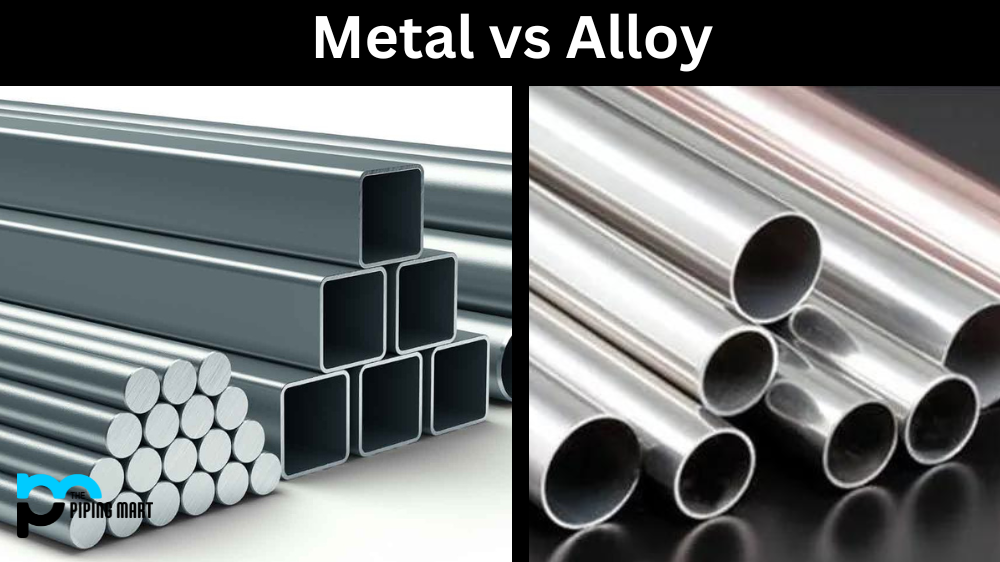Hadfield manganese steel is an alloy of steel containing manganese and carbon with a unique property—its ability to harden under the impact of mechanical stress. This type of steel has many uses, from military applications to industrial machinery. But what exactly is it made of? Let’s take a closer look at the composition of Hadfield manganese steel.
What is Hadfield Manganese Steel?
Hadfield Manganese Steel is an alloy containing high amounts of both manganese and carbon, developed in 1882 by Robert Hadfield. Initially designed for mining applications, it is renowned today for its exceptional wear resistance and ability to withstand impact forces. It has found various uses in the military, construction, automotive, and rail industries, often used in components exposed to harsh conditions that require the combination of strength and the ability to absorb energy. With its long history and superior performance, it remains one of the most trusted materials for these demanding applications.
Hadfield Manganese Steel Composition
Hadfield manganese steel is composed mainly of iron, with 11-14 percent manganese and about 1.4 percent carbon. The addition of carbon helps increase its hardness and durability, while the manganese provides strength and flexibility. There are also small amounts of other elements, such as silicon, phosphorus, sulfur, chromium, and molybdenum, present in lesser quantities.
Hadfield Manganese Steel Properties
Hadfield Manganese Steel is an alloy known for its exceptional toughness and durability. It is a non-magnetic and work-hardening material that can withstand high impact and abrasion, making it ideal for use in the mining, construction, and railroad industries. What sets Hadfield Manganese Steel apart is its ability to work harden, which enables it to become even stronger and more resistant to wear over time. This unique property, combined with its high levels of manganese and carbon, makes it a popular choice for manufacturing components that undergo heavy wear and tear, such as crusher jaws, earthmoving equipment parts, and rail crossings. Overall, the properties of this steel make it an essential material for many industrial applications.
Hadfield Manganese Steel Uses
Hadfield manganese steel has many uses due to its unique properties. It is commonly used for military purposes such as body armor and helmets because it offers superior protection against projectiles and shockwaves compared to regular armor made from other materials like Kevlar or ceramic composites. It is also used in industrial machineries such as crushers and rock drills due to its higher wear resistance than other steels and its capacity for self-repairing when exposed to mechanical stress over time. Additionally, it has been used in medical implants due to its excellent biocompatibility with human tissue since it does not contain toxic metals like lead or nickel that can cause allergies or irritations when implanted inside the body.
Hardening Ability
What sets Hadfield manganese steel apart from other types of steel is its ability to harden under mechanical stress—this process is known as work hardening. When this type of alloy is exposed to high levels of mechanical stress, such as hammer blows or grinding forces, the surface layer becomes harder than the layers beneath it due to an increase in its carbon content. This makes it more resistant to wear and tear than regular steel alloys that lack this work-hardening capability. Because of this ability, Hadfield manganese steel can be used for applications that require superior wear resistance or strength.
Conclusion
Hadfield manganese steel is an alloy composed mainly of iron with 11-14 percent manganese, 1.4 percent carbon, and small amounts of other elements, including silicon, phosphorus, sulfur chromium, and molybdenum. What sets this alloy apart from others is its ability to harden under mechanical stress, making it more resistant to wear. It has many uses, from military purposes like body armor to industrial machineries like crushers or rock drills and even medical implants. With such impressive properties, it’s no wonder why Hadfield Manganese Steel remains one of the most popular alloys today.

Abhishek is a seasoned blogger and industry expert, sharing his insights and knowledge on various topics. With his research, Abhishek offers valuable insights and tips for professionals and enthusiasts. Follow him for expert advice on the latest trends and developments in the metal industry.




